Stem To Root Gardening – Learn About Gardening Without Waste
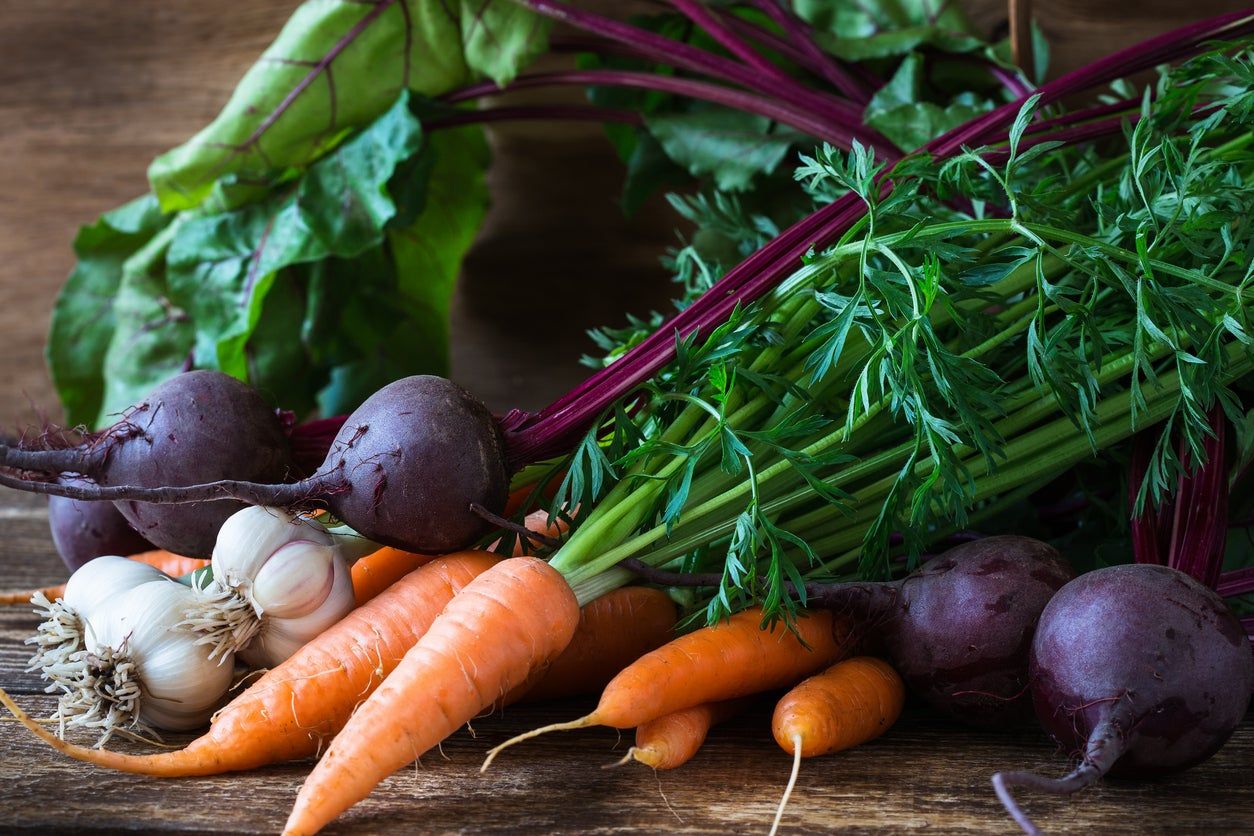
When prepping our homegrown vegetables, most folks trim their produce removing the leaves, greens, and skins. In some cases, that is a whole lot of waste. Using the whole plant can practically double your harvest. The practice of using every part of a plant is called stem to root gardening and results in gardening without waste. So what wasteless vegetables can be used in their entirety? Read on to learn more.
What is Stem to Root Gardening?
Those who compost are utilizing the remnants of plants to nourish next year’s crop, but if you really want to maximize your yield, think twice before lopping off those turnip or beet tops and tossing them into the compost pile. Turnips and beets are just some of the virtually wasteless vegetables available. The practice of using every part of a plant isn’t a new one. Most ancient cultures utilized the entirety of not only the game they hunted but also the vegetables harvested. Somewhere down the line, the idea of using the whole plant fell out of fashion, but today’s trend towards sustainability and environmental stewardship has made not only gardening but stem to root gardening a hot commodity again. Gardening without waste not only saves you money by doubling the amount of produce available, but it allows for a wider array of flavors and textures that might otherwise be overlooked.
Types of Wasteless Vegetables
There are many vegetables that can be used in their entirety. Some of them, such as pea vines and squash blossoms, have been made popular by chefs. Just be sure to only use the male squash blossoms; leave the female blooms to grow into fruit. Thinning seedlings can be painful because basically thinning means throwing out a potential crop. Next time you need to thin your greens, cut them and then toss them into salad. No need to spend money on those pricey baby greens at the grocers. When carrots need to be thinned, wait as long as possible and then thin. The tiny carrots can be eaten or pickled in their entirety and the tender green used much like parsley. The tops of root veggies, such as turnip, radish, and beet, shouldn’t be discarded. Chopped, fried turnip leaves are, in fact, a delicacy in Italy, Spain, France, and Greece. The peppery, slightly bitter leaves are wilted and served with pasta or fried with polenta and sausage, stirred into eggs or stuffed into sandwiches. Radish leaves can also be used in this manner. Beet leaves have been eaten for centuries and are packed with nutrition. They taste somewhat like their relative chard and can be used in the same manner. Much of the world is enamored of the young tendrils of pumpkins, zucchini, and winter squash. It’s time for Westerners to embrace the idea of eating the tender, crunchy leaves with a flavor combination of spinach, asparagus, and broccoli. They can be stir fried, blanched or steamed and added to eggs, curries, soups, etc. Let’s face it, squash tends to take over the garden and is often snipped back. Now you know what to do with the tender vine ends. Like squash blossoms and pea vines, garlic scapes have become popular with chefs, and for good reason. Hardneck garlic produces garlic scapes – delicious, nutty, edible flower buds. Harvest scapes in the early summer. The meaty stem is crunchy like asparagus with a similar green flavor and a hint of chive. The blossoms are similar in texture and flavor to broccoli. They can be grilled, sautéed, flash fried in butter and added to eggs. The tops of broad beans are sweet with flavor and crunch, and are excellent raw in salads or cooked like a green. They are one of the earliest leaf crops in the spring and are delicious incorporated into risottos, on pizza, or wilted in salads. Even yellow onion blossoms, black currant leaves, and okra leaves can all be eaten. Probably one of the most wasted parts of vegetable is the skin. Many people peel carrots, potatoes, and even apples. The peel of all of these can be added along with herb stems, celery leaves and bottoms, tomato ends, etc. to make a delicious vegetarian broth. What’s the old adage? Waste not, want not.
Gardening tips, videos, info and more delivered right to your inbox!
Sign up for the Gardening Know How newsletter today and receive a free copy of our e-book "How to Grow Delicious Tomatoes".

Amy Grant has been gardening for 30 years and writing for 15. A professional chef and caterer, Amy's area of expertise is culinary gardening.
-
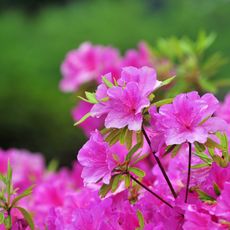 Ideal Azalea Water Requirements – For Lush, Healthy Shrubs That Will Thrive For Years
Ideal Azalea Water Requirements – For Lush, Healthy Shrubs That Will Thrive For YearsWhat are an azalea's water requirements? Learn how to keep these beautiful spring-blooming shrubs happy and healthy in your yard or container garden.
By Amy Grant
-
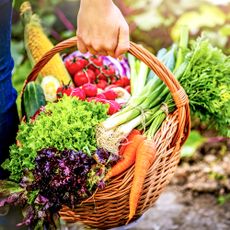 7 Vegetables To Plant In April: Start Indoors Or Outside For A Bumper Summer Harvest
7 Vegetables To Plant In April: Start Indoors Or Outside For A Bumper Summer HarvestAchieve your growing ambitions with these best vegetables to plant in April – including cold-hardy crops to sow direct and tender varieties to start indoors
By Mary Ellen Ellis
-
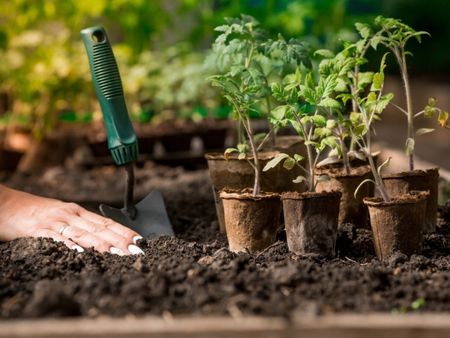 How Many Vegetables To Plant Per Person For A Year
How Many Vegetables To Plant Per Person For A YearGauging how much to plant in a vegetable garden can eliminate waste while still producing enough for your family. Click for more.
By Bonnie L. Grant
-
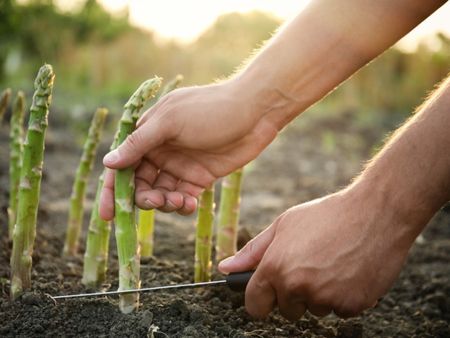 13 Perennial Fruits And Vegetables You Only Have To Plant Once
13 Perennial Fruits And Vegetables You Only Have To Plant OnceLooking to set it and forget it? Find out which fruits and vegetables can be grown as perennials.
By Laura Miller
-
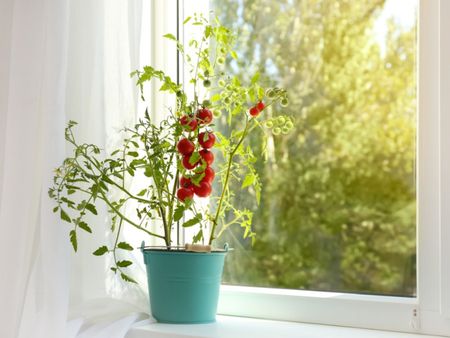 11 Edible Plants For A Year-Round Garden In A Bucket
11 Edible Plants For A Year-Round Garden In A BucketWant to know how to grow food inside your house and which foods do best indoors? Click here to learn all about it.
By Bonnie L. Grant
-
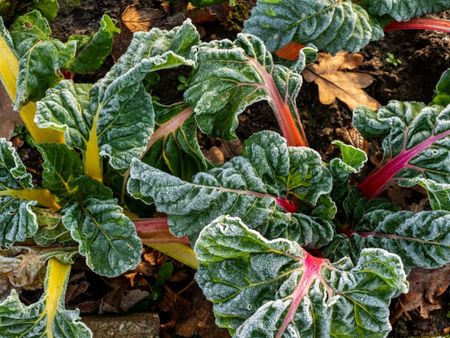 Frost Tolerance Of Vegetables From Least To Most Hardy
Frost Tolerance Of Vegetables From Least To Most HardyHow cold can vegetables tolerate? Knowing which veggies will survive frosts and freezes is essential for the success of your garden. Click here for more.
By Laura Miller
-
 Best Vegetables To Pickle Straight From The Garden
Best Vegetables To Pickle Straight From The GardenPickles aren’t limited to just cucumbers. Read on for tips on pickling your fresh veggies.
By Amy Grant
-
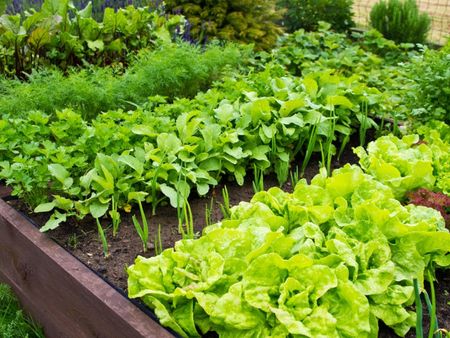 Benefits Of Planting In Fall Vs. Spring Vegetable Plots
Benefits Of Planting In Fall Vs. Spring Vegetable PlotsLearn why some vegetables do better if you plant them in fall instead of spring.
By Laura Miller
-
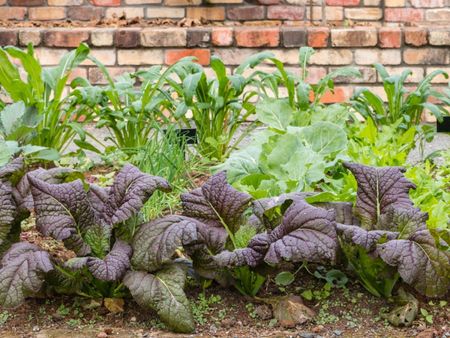 Interplanting Vegetables In The Fall Garden
Interplanting Vegetables In The Fall GardenLearn all about the benefits of interplanting vegetables for your fall garden.
By Laura Miller
-
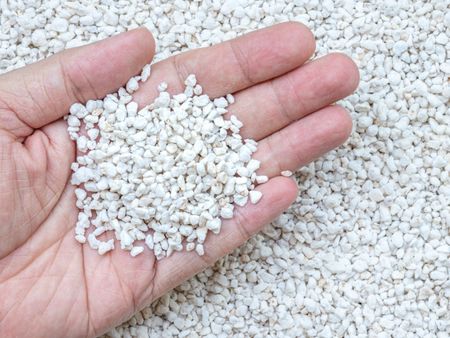 Best Vegetables For Growing In Perlite
Best Vegetables For Growing In PerlitePerlite is a natural growing medium that comes from super-heated volcanic glass. In some cases, it works better than soil. Read on for more info.
By Laura Miller
